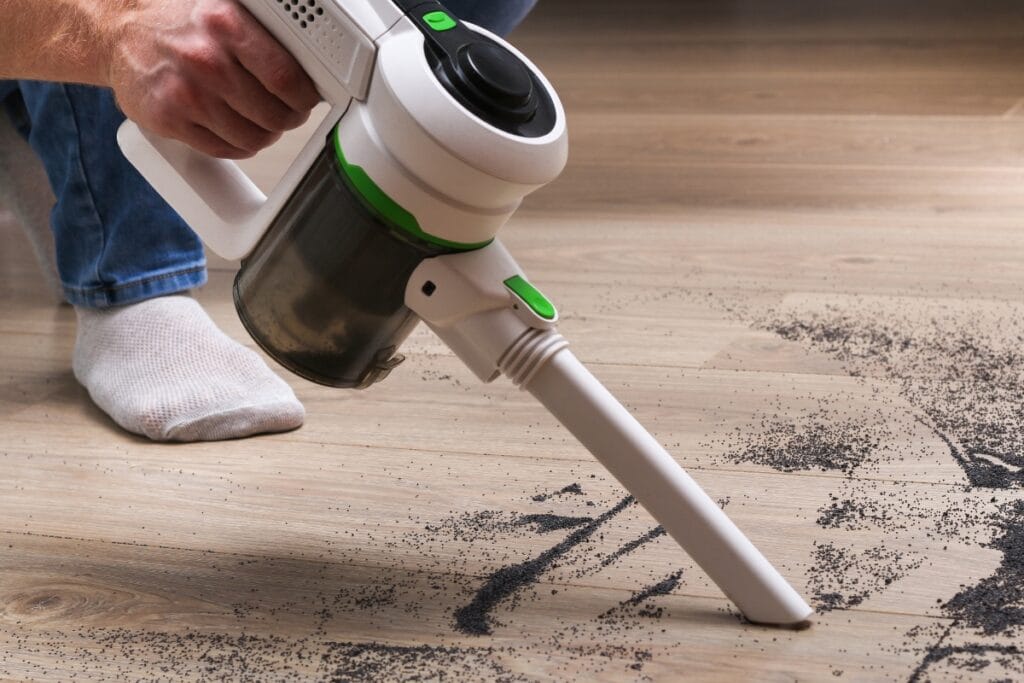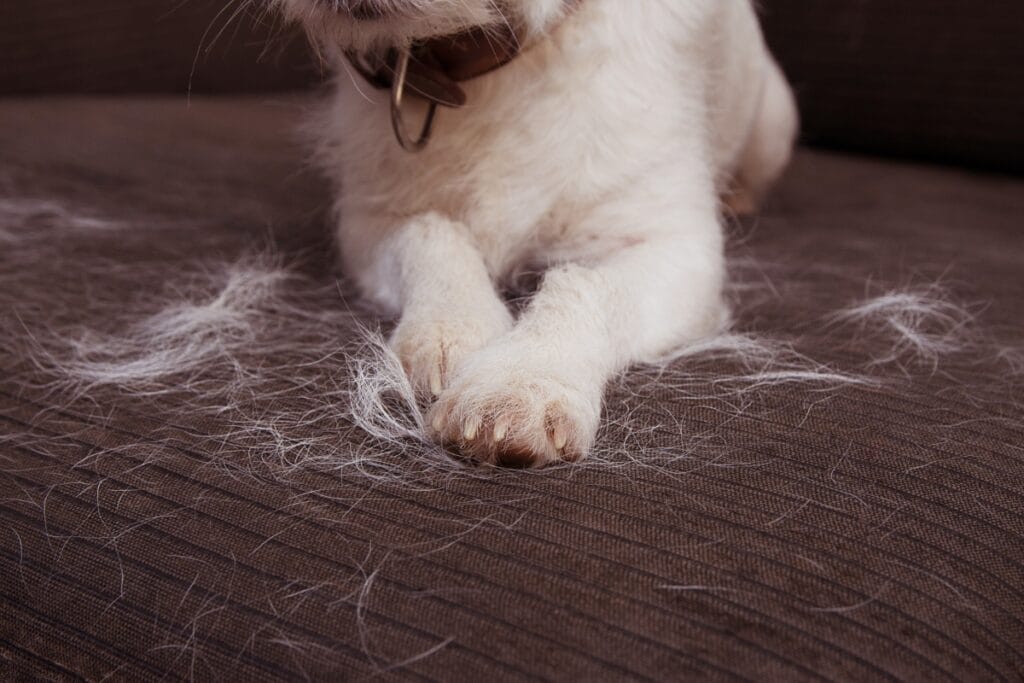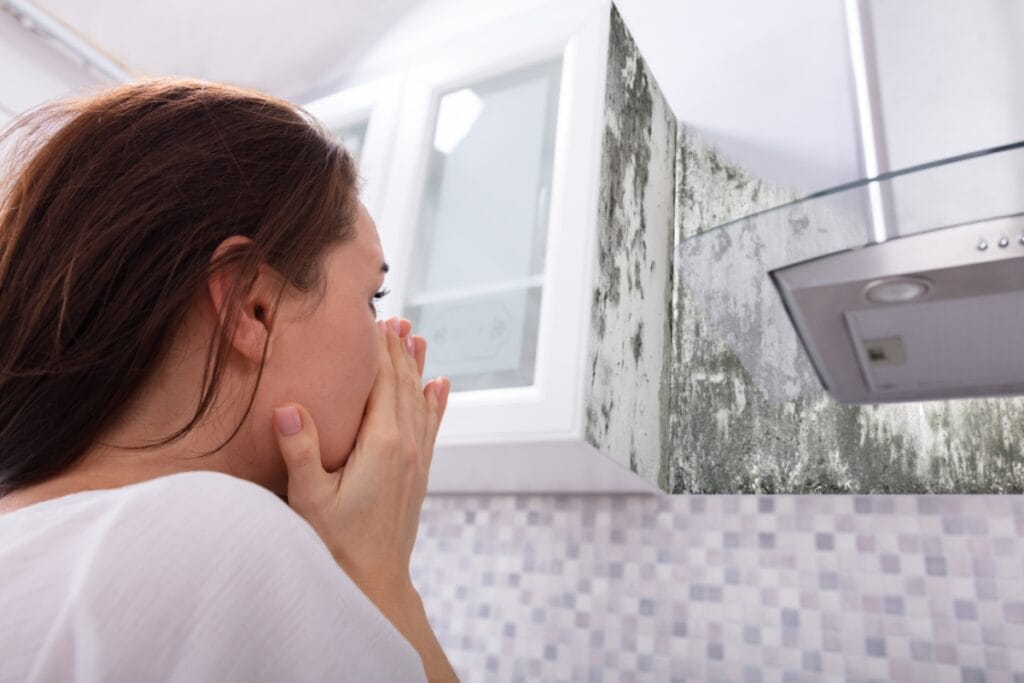For allergy sufferers, a clean home isn’t just about appearance, it’s essential for health and comfort. Dust mites, pet dander, mold, and pollen can all trigger uncomfortable symptoms, making everyday living a challenge. Fortunately, with the right cleaning strategies, you can reduce allergens and create a space that supports symptom-free living. In this guide, we’ll share essential cleaning for allergy sufferers, helping you target common irritants, choose the right products, and maintain an allergy-friendly environment. Whether you’re managing seasonal sensitivities or year-round allergies, these tips will help you breathe easier at home.
Dust, Dander, Done: Cleaning Tips for Allergy Sufferers
Understanding Common Allergens in the Home

Many allergy symptoms begin with things hiding in plain sight around the house. Dust mites are one of the most common triggers. These microscopic insects thrive on soft surfaces like mattresses, pillows, carpets, and upholstered furniture. They feed on dead skin cells and produce waste particles that can irritate the respiratory system and eyes.
Pet dander is another frequent problem, especially in homes with cats or dogs. Dander consists of tiny flakes of skin that carry proteins known to cause allergic reactions. These particles can remain airborne for long periods and settle on clothing, rugs, and bedding. Pollen from outside also makes its way indoors, especially during spring and fall. It can stick to shoes, hair, and clothes, and then land on surfaces like curtains, rugs, and furniture. Even cleaning products and scented items like candles or sprays can worsen symptoms. These often contain volatile organic compounds (VOCs) that may irritate sensitive lungs and nasal passages.
Mold is another major concern. It grows in damp or poorly ventilated areas like bathrooms, kitchens, and basements. Mold spores float through the air and, when inhaled, can trigger serious allergic reactions. Leaky pipes, poor insulation, or high humidity levels can encourage mold growth without you even realizing it. Cockroach droppings, stored pantry items, and even some houseplants can also contribute to allergy problems. These allergens are easy to overlook but can have a big impact on air quality.
Understanding what to look for is the first step in cleaning for allergy sufferers. Knowing where allergens hide helps you clean more effectively and reduce exposure. A focused cleaning plan that targets problem areas can make a noticeable difference in how you feel every day.
Choosing the Best Vacuum Cleaner for Allergy Sufferers

When it comes to reducing indoor allergens, the type of vacuum you use matters more than you might think. Many standard vacuums stir up dust and allergens as they work, pushing them back into the air instead of removing them. For allergy sufferers, that can mean more sneezing and discomfort even after cleaning.
Look for a vacuum that’s specifically designed to capture and contain allergens. Models certified by the Asthma and Allergy Foundation of America (AAFA) are tested to meet strict standards. These machines typically have sealed systems and strong filtration to keep particles from escaping. A high-efficiency particulate air (HEPA) filter is a must. HEPA filters trap very small particles, including dust mites, pollen, and pet dander. Vacuums with fully sealed designs are even better because they prevent leaks around the filter and other parts of the machine.
Bagged vacuums are often a better choice for allergy sufferers than bagless models. When you empty a bagless vacuum, dust can easily escape into the air. Bagged models keep the debris sealed off until you’re ready to throw it away. Other helpful features include motorized brush rolls for cleaning deep into carpets, adjustable suction for use on a variety of surfaces, and attachments for cleaning tight corners or furniture. If ease of use is a concern, a lightweight stick or canister vacuum may be a better fit than a bulky upright model.
The best vacuum for allergy sufferers is one that consistently removes fine particles from your home without sending them back into the air. It is worth spending a little more on a model that helps improve your air quality, especially if you or someone in your home has sensitivities or asthma.
Importance of Dusting and Air Purification

Dusting and air purification are two simple but effective ways to reduce allergens inside your home. Dust tends to collect on surfaces like shelves, electronics, blinds, and baseboards. It often contains a mix of pollen, pet dander, dust mites, and even mold spores. If not removed regularly, these particles can get kicked back into the air, where they trigger allergy symptoms.
Using a microfiber cloth is one of the best ways to trap dust rather than spread it around. Unlike feather dusters or dry rags that just push particles into the air, microfiber cloths use static to hold on to allergens. Dusting should be done at least once a week, starting from higher surfaces and working your way down to prevent dust from settling back where you just cleaned.
Alongside dusting, air purifiers can help tackle the particles that never settle. Look for air purifiers with a True HEPA filter, which can trap up to 99.97% of allergens that are 0.3 microns or larger. These include pollen, pet dander, and mold spores. Units with additional features like activated carbon filters can also remove odors and volatile organic compounds (VOCs) from cleaning supplies or paint. Some models offer UV-C technology that targets bacteria and viruses. To get the most out of your air purifier, run it continuously in key areas such as bedrooms and living rooms. Keep doors and windows closed while it operates to improve performance.
When you combine regular dusting with reliable air purification, you cut down on both surface and airborne allergens. This makes your home a more comfortable and healthier space, especially for those with asthma or allergies. Consistency is key, but even small steps can make a noticeable difference.
Strategies for Minimizing Pet Dander

Pets are a big part of the family, but they can also be a major source of indoor allergens. Pet dander, which consists of tiny skin flakes, often triggers allergy symptoms like sneezing, coughing, and itchy eyes. While you cannot eliminate dander completely, there are steps you can take to reduce it.
Start with regular grooming. Brushing your pet daily helps remove loose fur and dander before it spreads around the house. Use a damp cloth or a brush designed to trap allergens. Bathing your pet every two to four weeks with a mild, vet-approved shampoo can also help reduce the buildup of dander on their skin and coat.
Establishing pet-free zones in the home is another effective approach. Keep pets out of bedrooms and off upholstered furniture to limit exposure where you spend the most time. Wash bedding, curtains, and other fabrics regularly. Use washable covers on pet beds and clean them once a week in hot water, at least 130 degrees Fahrenheit, to remove allergens and kill dust mites.
Vacuum high-traffic pet areas two to three times a week using a vacuum with a HEPA filter. On hard floors, use a damp mop instead of sweeping, which can stir dander into the air. Air purifiers with HEPA filters can also help capture airborne particles, especially in rooms where pets spend the most time.
These small habits can go a long way in managing pet dander. With a consistent cleaning routine and a few boundaries in place, it is possible to reduce allergens without giving up the companionship of your pets. The goal is to create a more comfortable home for everyone, especially those with allergies.
Mold Prevention and Remediation Techniques

Mold grows easily in areas with excess moisture, such as bathrooms, basements, kitchens, and laundry rooms. To prevent it from forming, keep indoor humidity levels under 50 percent. You can use a dehumidifier or adjust your HVAC system if it includes humidity control settings. Ventilation is key in moisture-prone areas. Use exhaust fans during and after activities like showering, cooking, or running the dishwasher. Leave the fan on for at least 20 minutes after these tasks to help remove lingering humidity. Fix any leaks right away, whether they come from a roof, window seal, pipe, or appliance. Even minor water damage can lead to mold if left unattended.
If you find a small patch of mold, clean it up as soon as possible using a mix of water and detergent or a store-bought mold cleaner. Always wear gloves, goggles, and an N95 mask while cleaning to avoid contact with spores. Scrub the area well and allow it to dry completely. Apply a mold-resistant spray or sealant afterward to reduce the chance of it returning.
For larger areas, or if mold keeps coming back, call a professional. Mold remediation experts have the tools and training to remove it safely without spreading spores to other parts of the home. Do routine checks in areas where moisture might collect. Look behind furniture, under sinks, around HVAC units, and along basement walls. By catching and controlling mold early, you can avoid damage and protect your home’s air quality.
Mold prevention does not have to be complicated, but it does take consistent effort. Staying ahead of moisture problems will go a long way in keeping your home healthy and more comfortable for anyone sensitive to allergens.
Selecting Hypoallergenic Cleaning Products

Many common cleaning products contain ingredients that can trigger allergies or worsen respiratory symptoms. Fragrances, dyes, and harsh chemicals are often the culprits, especially for those with asthma, seasonal allergies, or skin sensitivities. Choosing the right cleaning supplies is an important part of creating a healthier home environment.
Look for labels that clearly state “fragrance-free” and “dye-free.” These terms mean the product is less likely to cause irritation. Products certified by the EPA Safer Choice program have been evaluated for safety and effectiveness, making them a good option for allergy-conscious households. Also avoid aerosol sprays, which can spread particles into the air and make symptoms worse.
For those who prefer natural alternatives, simple homemade cleaners can work well. A 50-50 mix of white vinegar and water can clean windows, countertops, and tile. Baking soda is a gentle but effective option for scrubbing surfaces like sinks and bathtubs. If you want a light scent, a few drops of essential oils such as lavender or tea tree can be added, but be cautious. Even natural oils can cause reactions in some people, so always test them in small amounts first.
When using any new product, test it on a small area to make sure it doesn’t damage the surface or cause a reaction. Store cleaning products safely and label any homemade mixtures clearly.
Making smart choices about cleaning products helps reduce unnecessary chemical exposure in your home. For allergy sufferers, this can mean fewer flare-ups and a more comfortable living space. Keep your cleaning routine simple, and stick with products that prioritize both safety and performance.
Tips for Laundering Bedding and Upholstery

Bedding and upholstery are common spots for dust mites, pet dander, and other allergens to collect. Keeping these fabrics clean is important for anyone dealing with allergies or asthma.
Start by washing bed sheets, pillowcases, and duvet covers once a week. Use hot water that reaches at least 130 degrees Fahrenheit to kill dust mites and remove allergens effectively. A heavy-duty detergent works best for breaking down oils and dirt. Adding a cup of white vinegar to the rinse cycle can help remove detergent residue and soften the fabric without using scented softeners, which can irritate sensitive skin and airways.
Dry everything completely on a high heat setting to make sure any remaining allergens or mites are destroyed. Make sure your items are fully dry before storing or placing them back on the bed to prevent moisture buildup, which can lead to mold.
For upholstery, clean any removable cushion or slipcovers in hot water, if the label allows it. For pieces that cannot be washed, vacuum them regularly using a vacuum with a HEPA filter and upholstery attachments. Focus on seams, corners, and under cushions where dust tends to settle.
Allergen-proof covers for pillows and mattresses add another layer of protection. These covers form a sealed barrier that keeps mites and dander from collecting inside cushions and mattresses. Rotate and flip your mattresses and cushions regularly to help with even wear and make them easier to clean.
Creating an Allergy-Friendly Sleep Environment

Your bedroom should be a place to relax, not a source of allergy symptoms. Making a few changes can help reduce common triggers like dust, pet dander, pollen, and mold.
Start by cutting down on clutter. The fewer items on nightstands, dressers, and open shelves, the fewer places dust can collect. Keep the floor clear to make daily vacuuming easier. Choose curtains that block light and fit tightly to window frames to help limit the amount of outdoor pollen that makes its way inside. Vacuum or wash curtains at least once a month to keep them clean.
If your bed has a fabric headboard, consider replacing it with something easier to clean, like wood or metal. Hard flooring is easier to keep dust-free than wall-to-wall carpet, but if you prefer rugs, go with low-pile, washable options. Wash or shake them out weekly.
Use an air purifier with a True HEPA filter to remove airborne particles like pollen and pet dander while you sleep. It is especially helpful if you sleep with windows closed and have pets indoors. Keep indoor humidity between 30 and 50 percent. Too much moisture encourages mold, while air that is too dry can irritate your nose and throat. If you use a humidifier, clean it regularly to prevent mold buildup inside the unit. Before bed, take a few minutes to wipe down surfaces and vacuum the floor if needed. Change into clean clothes and use freshly laundered bedding. These small steps can help you wake up feeling clearer and more rested.
Transforming Your Home into an Allergen-Free Sanctuary
Cleaning for allergy sufferers is more than a chore—it’s a health investment. By understanding common indoor allergens and deploying targeted strategies like HEPA filtration, hypoallergenic products, and dedicated laundering routines, you can reclaim your home as a refuge from irritants.
By keeping dust, pollen, and other irritants out of your home, you’re one step closer to breathing easy every day. At Magic Cleaning Pros, we specialize in deep-cleaning solutions tailored for allergy sufferers—so you can enjoy a fresher, healthier living space without the sniffles. Ready to make your home a sanctuary from allergens? Call us now at 678-515-5820 or head to our website and book your service now. Let Magic Cleaning Pros clear the way to symptom-free living.







